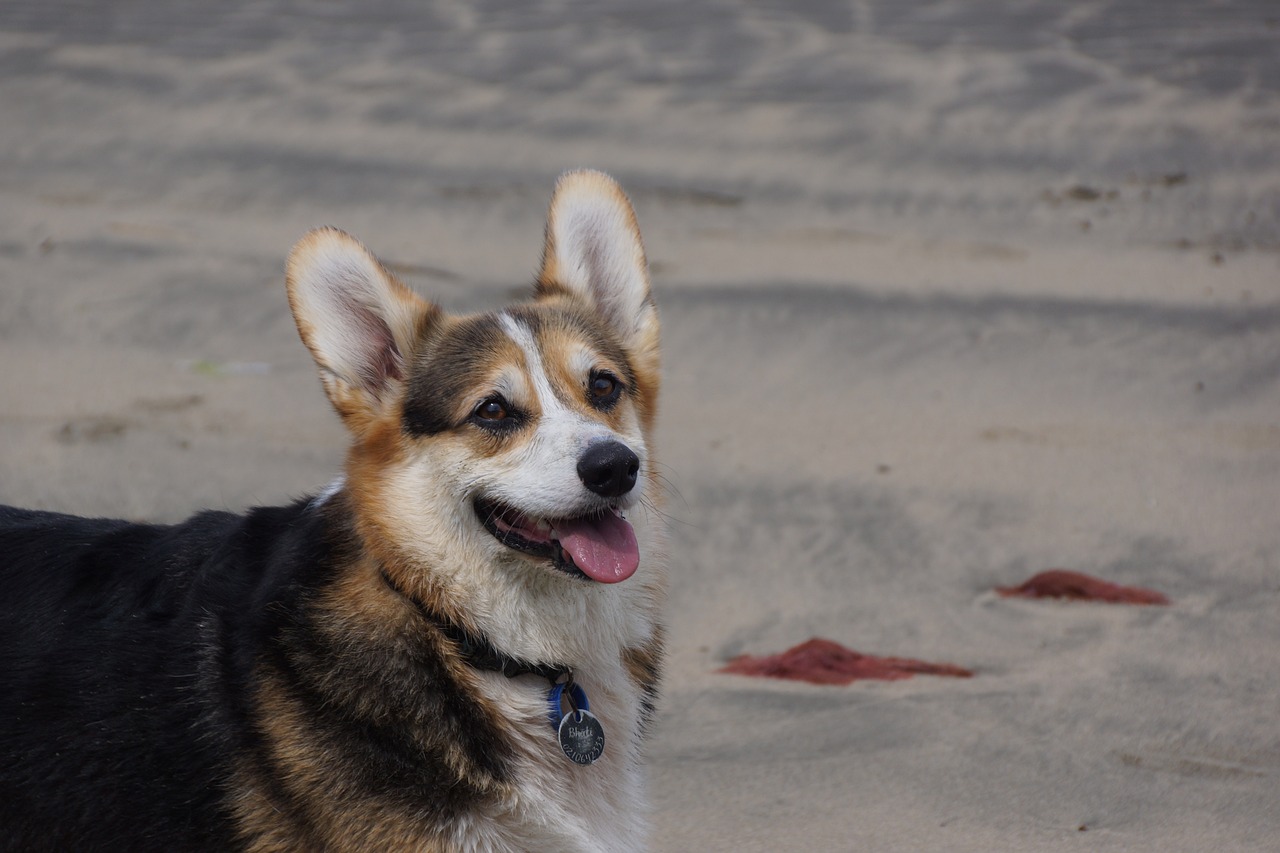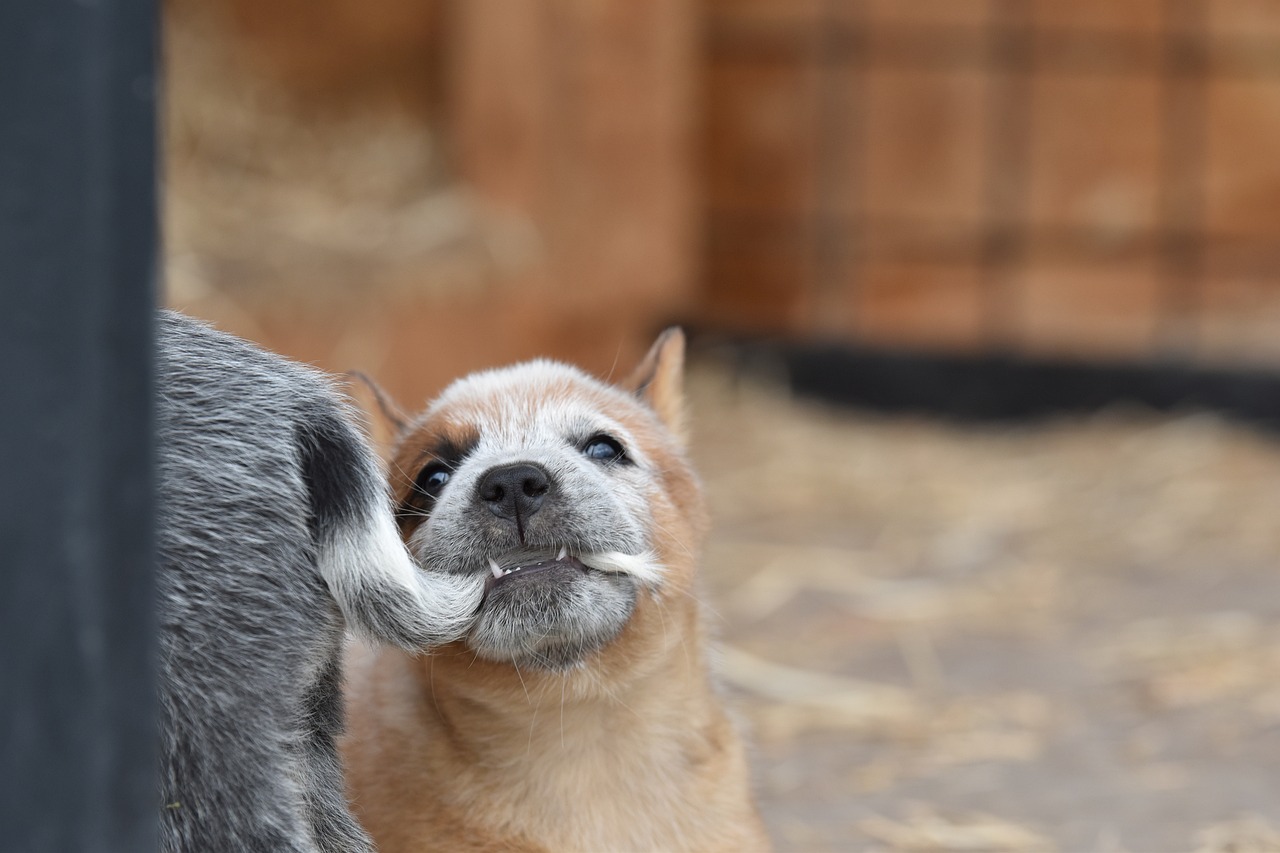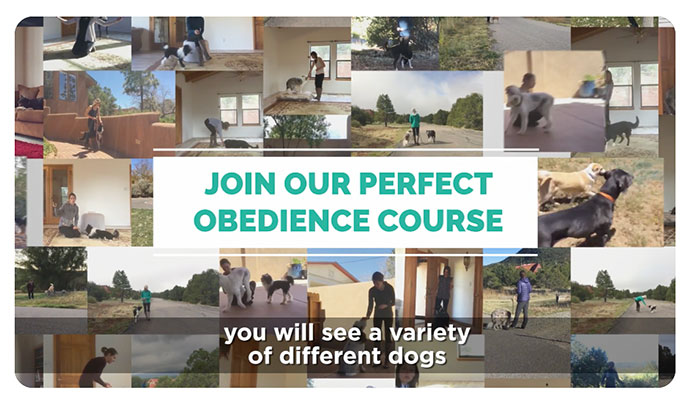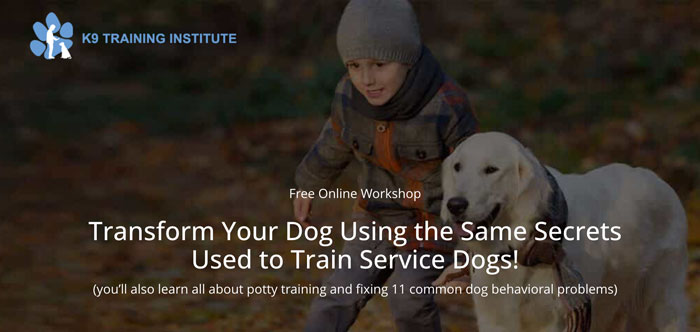Properly socializing an Australian Cattle Dog puppy is crucial for their well-being and for ensuring that they grow up to be well-adjusted, sociable adult dogs. Known for their intelligence and energy, Australian Cattle Dogs require focused and careful socialization.
The Right Ways to Socialize an Australian Cattle Dog Puppy
Below are expert-recommended strategies for effectively socializing your Australian Cattle Dog puppy:
1. Start Early
- The prime socialization period for an Australian Cattle Dog puppy is between 3 and 14 weeks. This is when they are most receptive to new experiences.
2. Create Positive Associations
- Use treats, toys, and praise to help your Australian Cattle Dog puppy associate new experiences and interactions with positivity.
3. Introduce to Different People
- Expose your Australian Cattle Dog puppy to people of various ages, sizes, and ethnicities to help them become comfortable around different individuals.
4. Socialize with Other Animals
- Allow your Australian Cattle Dog puppy to interact with other well-behaved dogs, and even other species like cats, under controlled and supervised conditions.
5. Varied Environments
- Take your Australian Cattle Dog puppy to various settings such as parks, and stores that allow dogs, and friends’ homes to familiarize them with different environments.
6. Controlled Exposure to Sounds
- Use sound CDs or YouTube videos to expose your Australian Cattle Dog puppy to various noises like thunder, sirens, and fireworks. Always start at low volumes and gradually increase.
7. Vehicle Travel
- Take short, enjoyable car rides to help your Australian Cattle Dog puppy get used to traveling in vehicles.
8. Leash Training
- Start early with leash training to help your Australian Cattle Dog puppy become comfortable with the leash and collar.
9. Basic Commands
- Teach your Australian Cattle Dog puppy basic commands like ‘sit’, ‘stay’, and ‘come’ as these also serve as tools for better social interaction.
10. Bite Inhibition
- Train your Australian Cattle Dog puppy to have a soft mouth by allowing them to mouth your hands and offering a toy or treat when they bite too hard.
11. Meet the Vet
- Schedule a non-medical visit to the vet’s office so that your Australian Cattle Dog puppy becomes comfortable with the place and the staff.
12. Introduce Home Appliances
- Gradually introduce your Australian Cattle Dog puppy to home appliances like the vacuum cleaner, blender, and washing machine, to help them get used to the noises.
13. Handling Exercises
- Regularly touch your Australian Cattle Dog puppy’s ears, paws, and mouth so they become accustomed to being handled, which can make future grooming and medical check-ups less stressful.
14. Observe Body Language
- Learn to read your Australian Cattle Dog puppy’s body language to gauge their comfort level and to know when to intervene during social interactions.
15. Use Positive Reinforcement
- Always reward good behavior and positive interactions with treats or verbal praise to encourage your Australian Cattle Dog puppy to repeat those behaviors.
16. Consistency is Key
- Consistent rules and boundaries are essential; make sure everyone in the household is on the same page when it comes to interacting with your Australian Cattle Dog puppy.
17. Avoid Overcrowded Places
- Avoid taking your Australian Cattle Dog puppy to overcrowded or overly noisy places where they might feel overwhelmed.
18. Provide Safe Spaces
- Ensure that your Australian Cattle Dog puppy has a safe space at home where they can retreat if they feel overwhelmed.
19. Short and Sweet
- Keep socialization sessions short but frequent to avoid tiring or overwhelming your Australian Cattle Dog puppy.
20. Consult Your Vet
- Regularly consult your vet for advice tailored specifically to your Australian Cattle Dog puppy’s needs and to rule out any underlying health issues that may affect socialization.
21. Enroll in a Puppy Obedience Program
- Finally, consider enrolling your Australian Cattle Dog puppy in a professional obedience program. These structured environments provide excellent opportunities for socialization and training. We highly recommend SpiritDog’s Ultimate Puppy Training Program or K9 Training Institute’s Dog Masterclass for comprehensive and effective training.
The Wrong Ways to Socialize an Australian Cattle Dog Puppy
 When it comes to socializing your Australian Cattle Dog puppy, there are right ways and wrong ways to go about it. Making mistakes in socialization can lead to behavioral issues and heightened stress for both the dog and the owner. Below are some commonly practiced but incorrect methods of socializing an Australian Cattle Dog puppy:
When it comes to socializing your Australian Cattle Dog puppy, there are right ways and wrong ways to go about it. Making mistakes in socialization can lead to behavioral issues and heightened stress for both the dog and the owner. Below are some commonly practiced but incorrect methods of socializing an Australian Cattle Dog puppy:
1. Delaying Socialization
- Waiting until your Australian Cattle Dog puppy is older than 14 weeks to start socialization can mean missing out on the critical period when they are most open to learning.
2. Flooding with Experiences
- Overwhelming your Australian Cattle Dog puppy with too many new experiences and people at once can cause stress and fear.
3. Forcing Interactions
- Physically pushing your Australian Cattle Dog puppy into situations or toward people/animals despite clear signs of discomfort is detrimental and can result in fear or aggression.
4. Ignoring Negative Body Language
- Not respecting your Australian Cattle Dog puppy’s cues, such as growling or tucking their tail, and forcing them to continue the interaction can create long-lasting aversions.
5. Lack of Positive Reinforcement
- Failing to reward your Australian Cattle Dog puppy for good behavior during socialization will not help them associate new experiences with positivity.
6. Yelling or Physical Punishment
- Using harsh disciplinary techniques like yelling or spanking your Australian Cattle Dog puppy during socialization can lead to behavioral issues and mistrust.
7. Allowing Unsupervised Interactions
- Allowing your Australian Cattle Dog puppy to play with other dogs without supervision can be risky, especially if the other dogs are not well-socialized or friendly.
8. Skipping Vet Visits
- Neglecting to take your Australian Cattle Dog puppy for veterinary check-ups can result in missed opportunities for socialization with the clinical environment and staff.
9. Using a Retractable Leash
- Allowing your Australian Cattle Dog puppy too much freedom on a retractable leash can make it difficult to control interactions and can reinforce pulling behavior.
10. Poorly Timed Socialization
- Taking your Australian Cattle Dog puppy out when they are tired, hungry, or otherwise not in a receptive mood can make socialization efforts counterproductive.
11. Too Much Freedom in Public Places
- Allowing your Australian Cattle Dog puppy to roam freely in public spaces without a leash or long-line can result in unwanted interactions and potentially dangerous situations.
12. Isolating After Bad Experiences
- Keeping your Australian Cattle Dog puppy isolated from other animals or people after a single bad experience will not solve the issue and may exacerbate fears or behavioral problems.
13. Relying Solely on Dog Parks
- Depending solely on dog parks for socialization exposes your Australian Cattle Dog puppy to unpredictable environments and other dogs, which may not always be safe or positive.
14. Avoiding Strangers
- Actively avoiding people when you’re out with your Australian Cattle Dog puppy will deprive them of valuable opportunities to get used to different types of individuals.
15. Lack of Environmental Exposure
- Failing to expose your Australian Cattle Dog puppy to different environments like busy streets, elevators, or car rides can result in phobias or stress later in life.
16. Skipping Obedience Training
- Neglecting basic obedience training like ‘sit’, ‘stay’, and ‘recall’ limits your ability to control your Australian Cattle Dog puppy during social interactions, making them less predictable and safe.
17. Not Socializing with Other Animals
- Failing to introduce your Australian Cattle Dog puppy to other species like cats or birds can limit their adaptability and potentially lead to issues like excessive prey drive.
18. Not Gradually Introducing New Stimuli
- Introducing multiple new stimuli (sounds, scents, sights) all at once can overwhelm your Australian Cattle Dog puppy, making them less receptive to future socialization efforts.
19. Avoiding Exposure to Everyday Noises
- Shielding your Australian Cattle Dog puppy from common household or outdoor noises like vacuum cleaners, sirens, and doorbells can result in noise phobias later on.
20. Avoiding Safe Spaces
- Failing to provide safe spaces where your Australian Cattle Dog puppy can retreat when they’re overwhelmed can result in increased stress and reduced confidence.
21. Not Seeking Professional Help
- If your Australian Cattle Dog puppy is showing signs of severe socialization issues like intense fear or aggression, failing to seek professional help can result in irreversible behavioral problems.
Consider Online Dog Training for Your Australian Cattle Dog Puppy
Our 2 favorite online courses are:
1. SpiritDog’s “Perfect Obedience” Course
The Perfect Dog Obedience Bundle is an online dog training program designed to help dog owners achieve well-behaved pets. The comprehensive course covers basic obedience, and loose leash walking, and includes bonus mini-courses on training habits and rewards, stopping jumping, and separation anxiety solutions. With lifetime access to expert trainers for personalized feedback and a 60-day money-back guarantee, this course aims to provide effective, accessible training for a variety of dog behavior issues.
2. K9 Training Institute’s “Dog Masterclass”
More than just an obedience course, this more comprehensive training course tackles any behavior problem you might face with your dog.
By avoiding these incorrect practices, you’ll set your Australian Cattle Dog puppy on the right path for effective socialization, helping it grow into a well-adjusted, happy adult dog.



 Toledo, United States.
Toledo, United States.